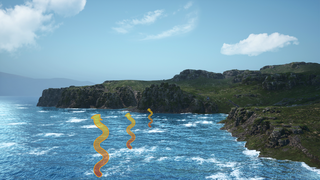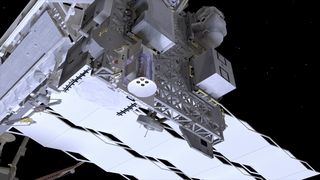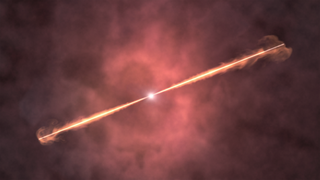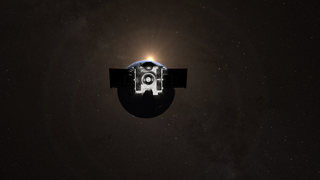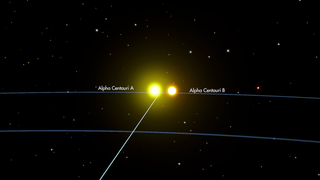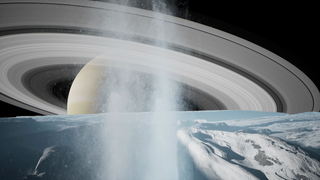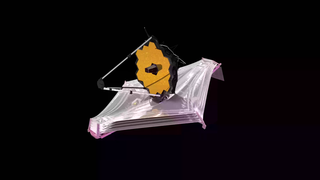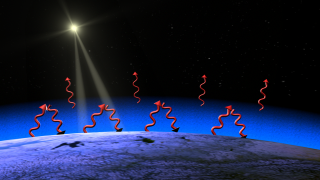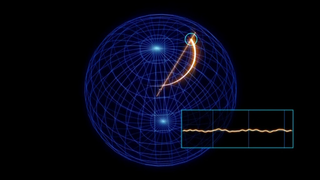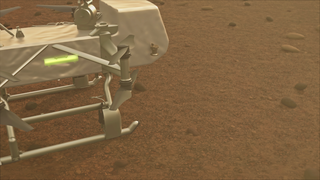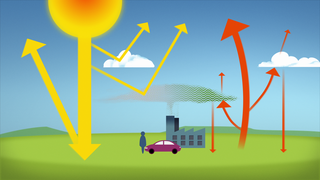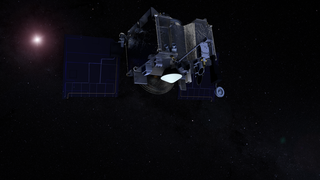Earth
ID: 20019
Deep Water Feast: Upwellings Bring Nutrients to The Surface- Large phytoplankton blooms tend to coincide with natural phenomena that drive cold, nutrient-rich water to the surface. The process is called upwelling. Here's what's happening: winds coming off principal land masses push surface layers of water away from the shore. Into the resulting wind-driven void deeper water underneath the surface layers rushes in toward the coast, bringing with it nutrients for life to bloom. It's different on the equator. There, water currents on either side of the hemispheric dividing line are generally moving in opposite directions — due to planetary rotation and the Coriolis effect. As those currents rush past each other they 'peel back' the surface of the ocean, creating a void for deeper water to rush into and take its place.
Cold Water Upwelling
Animation Credits
Susan Twardy (HTSI): Lead Animator
Gene Feldman (NASA/GSFC): Scientist
Michael Starobin (HTSI): Writer
Gene Feldman (NASA/GSFC): Scientist
Michael Starobin (HTSI): Writer
Please give credit for this item to:
NASA/Goddard Space Flight Center Conceptual Image Lab.
NASA/Goddard Space Flight Center Conceptual Image Lab.
Short URL to share this page:
https://svs.gsfc.nasa.gov/20019
Goddard TV Tape:
G2001-023
Keywords:
SVS >> Byrne
SVS >> Coastal Water
SVS >> El Nino
SVS >> Gonnelli
SVS >> La Nina
SVS >> Phytoplankton Blooms
GCMD >> Earth Science
GCMD >> Earth Science >> Oceans
NASA Science >> Earth
GCMD keywords can be found on the Internet with the following citation: Olsen, L.M., G. Major, K. Shein, J. Scialdone, S. Ritz, T. Stevens, M. Morahan, A. Aleman, R. Vogel, S. Leicester, H. Weir, M. Meaux, S. Grebas, C.Solomon, M. Holland, T. Northcutt, R. A. Restrepo, R. Bilodeau, 2013. NASA/Global Change Master Directory (GCMD) Earth Science Keywords. Version 8.0.0.0.0
https://svs.gsfc.nasa.gov/20019
Goddard TV Tape:
G2001-023
Keywords:
SVS >> Byrne
SVS >> Coastal Water
SVS >> El Nino
SVS >> Gonnelli
SVS >> La Nina
SVS >> Phytoplankton Blooms
GCMD >> Earth Science
GCMD >> Earth Science >> Oceans
NASA Science >> Earth
GCMD keywords can be found on the Internet with the following citation: Olsen, L.M., G. Major, K. Shein, J. Scialdone, S. Ritz, T. Stevens, M. Morahan, A. Aleman, R. Vogel, S. Leicester, H. Weir, M. Meaux, S. Grebas, C.Solomon, M. Holland, T. Northcutt, R. A. Restrepo, R. Bilodeau, 2013. NASA/Global Change Master Directory (GCMD) Earth Science Keywords. Version 8.0.0.0.0
